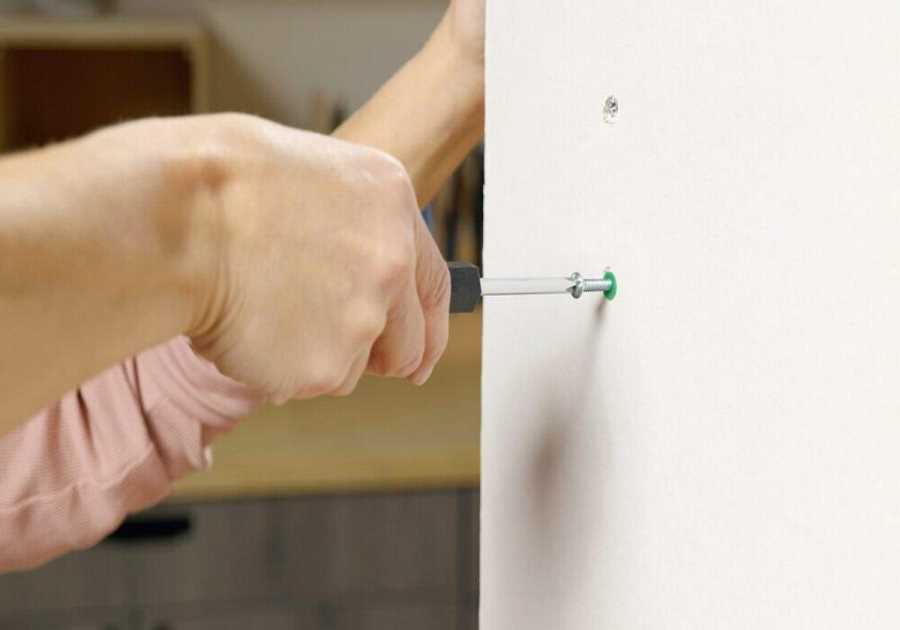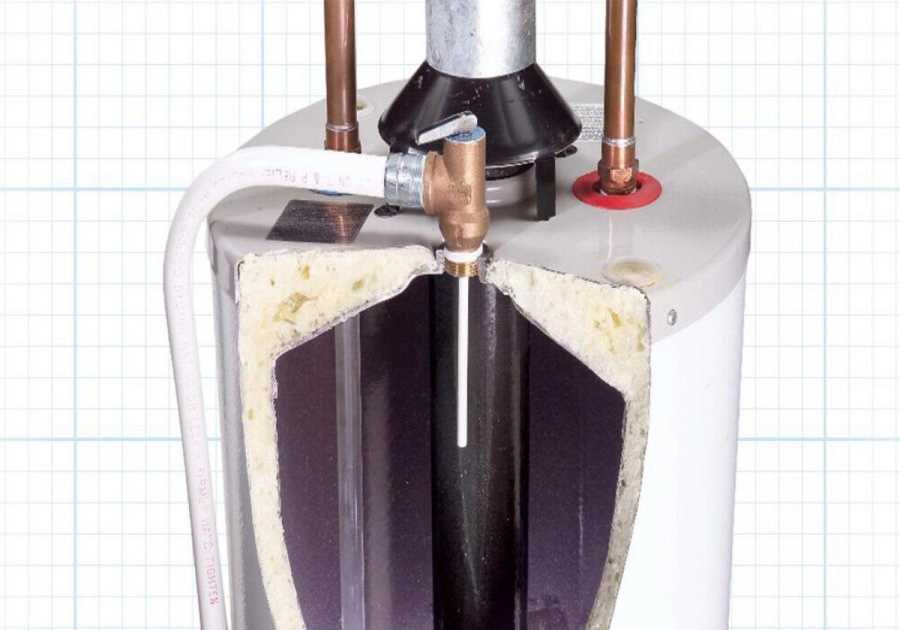
Camping, whether you’re going with a group, a couple of close friends, or by yourself, stands as one of the best ways today to take a break from the everyday hustle and reconnect with nature. You’ll be expecting lots of things on your camping (hopefully, you brought a spray for all those mosquitoes), but what almost nobody accounts for is the weather. Even if it’s the middle of the summer, believe us, it’s better to be safe than sorry.
The Good News: It’s Waterproof… Probably
The question is, how can you prepare in advance? The first step, of course, is ensuring that your tent is waterproof. The good news here is that unless you’re sleeping under a blanket propped up on sticks, your tent probably already has a waterproof coating or has been treated with a waterproofing agent to stop moisture from penetrating the fabric. If you are looking for a waterproof tent for heavy rains you should really check this out.
The Bad News: It Won’t Be for Long
The bad news (and you knew this was coming) is that the waterproof coating wears off after a while. Even if you’ve never used the tent, if it’s been in storage for way too long, there’s a chance of the waterproof coating being slightly worn off. You’ll very much want to freshen up the waterproof coating before heading out to a campsite with the tent, or you could be sitting in a downpour for hours with no shelter but the occasional handy tree.
If you’re asking how to waterproof your tent? We’re not leaving you yet. Below, you’ll find a collection of quick steps to quickly refresh your tent’s waterproof coating, with explanations further down:
- Firstly, pick a dry day with lots of sun so that everything can dry out.
- Clean all parts of the tent, and especially the seams
- Seal the seams using the right kind (PU-coated or silicone-treated)
- Refresh the tent’s urethane coating
- Refresh the tent’s Durable Water Repellent (DWR) coating
- When everything’s done, leave all parts out in the sun to dry out
- Picking a Dry Day
We don’t know what to say about this one. Make sure the sun’s all shiny and right out there, and do everything you need to before the afternoon, so everything dries out quickly. That’s… kind of it.
- Cleaning the Tent
This one’s a little trickier. If you’ve never cleaned a tent before, looking up a YouTube guide can be very helpful because most of the time, you’ll miss a spot, or an essential seam will still have dirt, dust, or debris caked onto it. A brush should do fine for cleaning, but if your tent has been used for a while and you’re seeing the coating flaking off, be a little gentler and more careful so you don’t damage it any further.
- Re-sealing the Seams
Your tent’s seams are often a weak spot that lets water leak in, which is why re-sealing the seams is an essential part of making sure your tent is waterproof. The waterproof coating on them also has a chance of wearing out after a while, so you’ll want to apply a DWR coating on the seams as well.
Applying for the re-sealer isn’t all that difficult. Here’s how you do it:
- Pick a warm day outdoors, like in your garage, where you can leave the tent to dry.
- Pitch the tent properly since it’s much easier to apply the sealer on the inner side of the tent, and make sure to turn the flysheet inside out so you can apply the sealer on its underside.
- Clean the seams gently using rubbing alcohol and a soft cloth. A soft sponge works, too, as long as it removes any parts that are peeling off.
- Apply the sealer as per the instructions. Ensure you have the right type because PU-coated tents use a different sealer than silicone-treated tents.
- Lastly, leave it to dry.
- Reapplying the Urethane Coating
The urethane coating on your tent wears out over time. A sure sign that you need to refresh your tent’s urethane coating is noticing tiny flakes on the floor of your tent or chips caught under the rainfly. The good bit is that it’s not all that hard. Just follow the steps outlined below:
- Lay out your tent on a dry, flat surface (again, like your garage)
- Carefully and gently scrub the parts that are flaking off
- Making sure to get the correct type of sealant, apply a coating of sealant as per the instructions outlined on the bottle
- Leave the tent to dry for a least 24 hours
- Refreshing the DWR Coating
DWR stands for Durable Water Repellent. Simply put, it’s the DWR coating that makes the water bead up on the outer side of your flysheet. A DWR coating is usually durable and stays intact for a couple of years after you buy the tent or refresh the coating. Restoring your tent’s DWR coating is pretty easy as well (it does help to be a little good with your hands, though):
- First, clean your tent, and especially your flysheet. If necessary, spray it down with water and wait five minutes to dry.
- Apply the tent waterproofing spray (available at most camping stores) evenly over the flysheet.
- If there’s any excess coating, wipe it off with a soft, damp cloth.
- Leave the tent to dry on a dry flat surface (psst: your garage).
Don’t Rely on the Weather Forecast: A Conclusion
If you think you don’t need to do all of that because the weather forecast says it will stay dry, we don’t blame you. It’s a lot of work refreshing three coatings, and it’s going to take the better part of half a day. However, we will say that depending on the weather is one of the fastest ways to spend an entire camping trip with a cold.
Why? Because you listened to the weather forecast and didn’t waterproof your tent and had to spend a night being soaked by rain.
On the same note, many people don’t account for morning dew as well. If your tent isn’t waterproof, guess what? The morning dew can seep through and start dripping on your head. Dew is icy cold, and it’s a horrible sensation to feel it dripping down on your head. For more tips and advice for camping you can look into trekkingground.com they have covered varieties of topics in their blog. As the saying goes, it’s better to be safe than sorry: only, in this case, it’s better to be safe than wet!
The post Waterproofing Your Tent: The Whys, the Hows, and the Should You’s appeared first on Travel Experta - Travel, Lifestyle, Freedom.
----------------------------------------------------------------------------------------
By: Marina Villatoro
Title: Waterproofing Your Tent: The Whys, the Hows, and the Should You’s
Sourced From: travelexperta.com/waterproofing-your-tent-the-whys-the-hows-and-the-should-yous/
Published Date: Wed, 29 Dec 2021 16:52:25 +0000






